Scientists created ‘zombie’ spiders — and people are freaking out: ‘So f–ked up’
This spidernetic technology is causing arachnophobes to lose it.
Texas scientists have developed veritable spider robots by robotically manipulating dead arachnids so they can grasp objects with their legs, as seen in a spine-tingling video.
“It happens to be the case that the spider — after it’s deceased — is the perfect architecture for small-scale, naturally derived grippers,” said Daniel Preston, an engineer with Rice’s George R. Brown School of Engineering, who helped execute the spine-tingling experiment outlined in the journal “Advanced Sciences,” the Rice University press release described. His lab specializes in soft robotics, which employs nontraditional components as opposed to the standard plastics, metals and electronics.
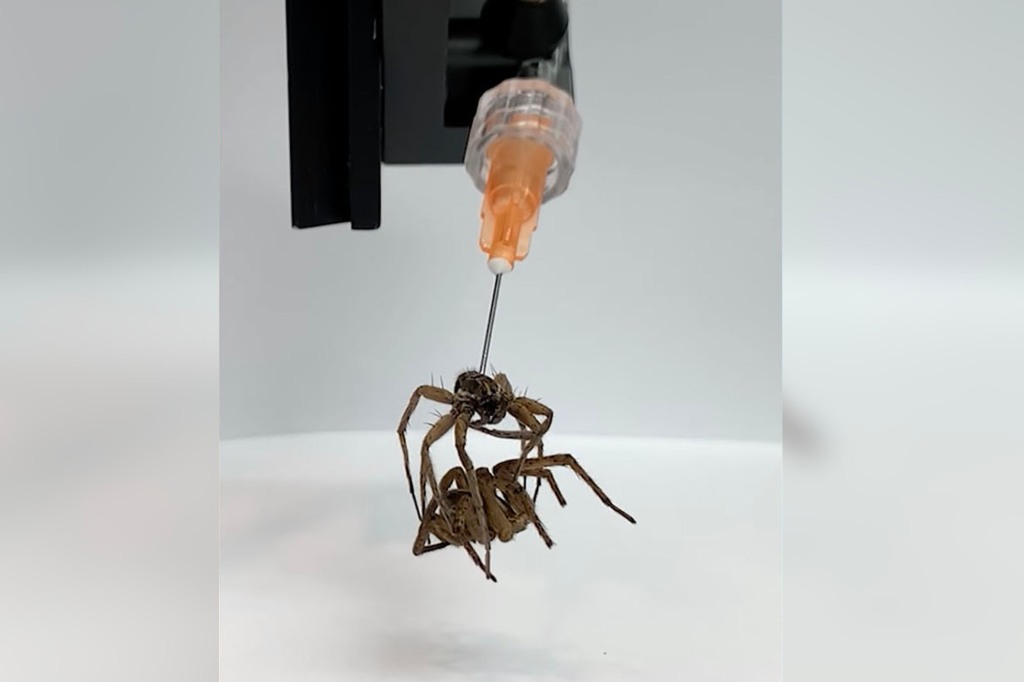
Arachnophobes steer clear: In their latest Frankenstein-esque experiment, Preston’s team devised a way to pump arachnid cadavers full of air — a tech they dubbed “necrobotics” — so they can unfurl and then grab items — like a macabre claw machine.
The researchers were reportedly inspired after observing these creepy crawlies’ body positions post-mortem.
“We were moving stuff around in the lab and we noticed a curled-up spider at the edge of the hallway,” explained Faye Yap, a Rice graduate student who helmed the research. “We were really curious as to why spiders curl up after they die.”
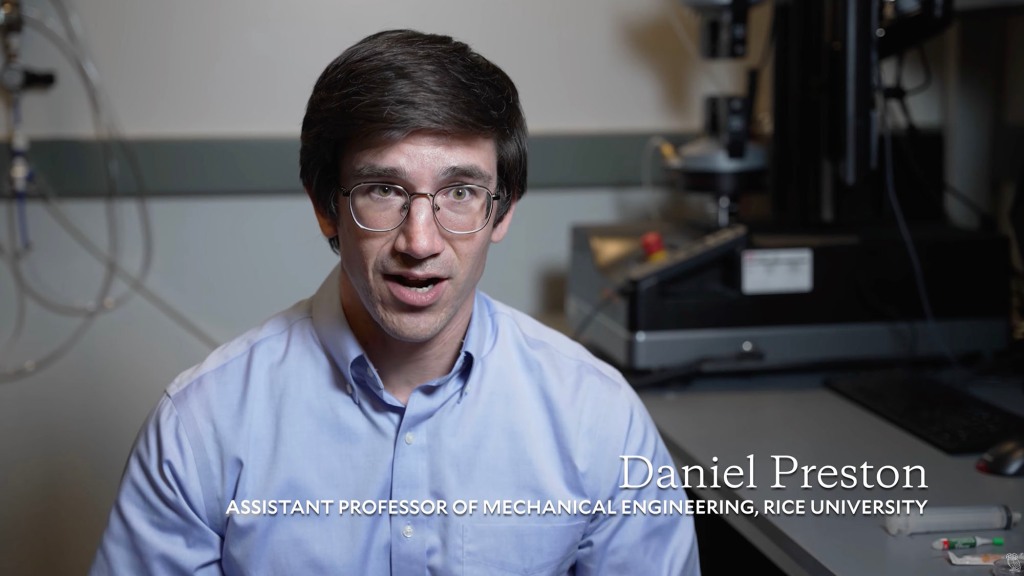
A subsequent search revealed that unlike humans, who have antagonistic muscles — which contract and relax — spiders only boast “flexor muscles, which allow their legs to curl in, and they extend them outward by hydraulic pressure,” the spider-woman said.
Specifically, internal valves in the spiders’ hydraulic chamber, or prosoma, contract to send blood to the limbs to force blood to their legs, causing them to extend, Science Daily reported. When that pressure is relieved, the limbs contract.
“When they die, they lose the ability to actively pressurize their bodies. That’s why they curl up,” explained Yap, who wanted to “harness” this mechanism for real-world applications.
Thankfully, the spider’s valves — which it can control individually — are left open in death, allowing the team to move all the legs simultaneously.
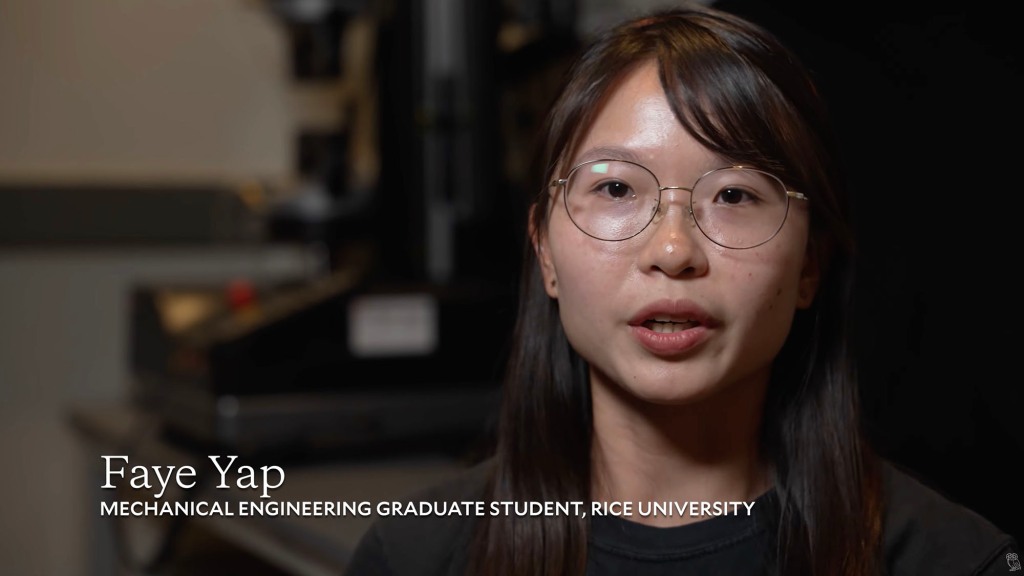
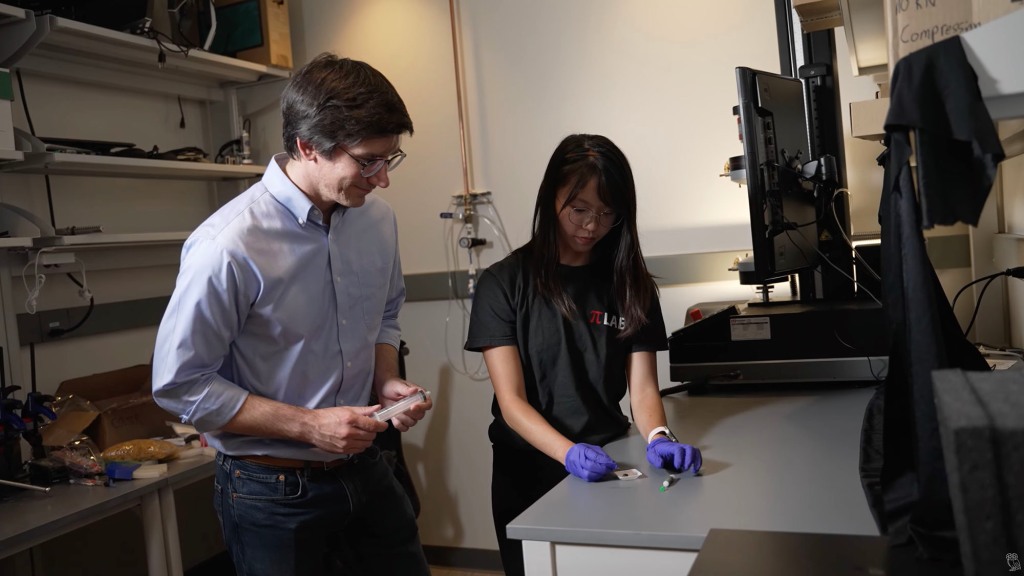
Creating these arachnid marionettes was simple enough. They simply superglued a needle into the prosoma of a wolf spider — selected due to the species’ ability to lift more than 130% of its own body weight, per the Rice release.
They then attached the needle’s other end to a handheld syringe, with which they injected a shot of air that caused the necrobot’s legs to unfurl almost instantaneously.
“When we did it, it worked … right off the bat,” marveled an ecstatic Yap. “I don’t even know how to describe it — that moment when you see it move.”
An accompanying video demonstration shows how the researchers used the Frankenspider to do everything from control circuit boards to even hoist another spider.
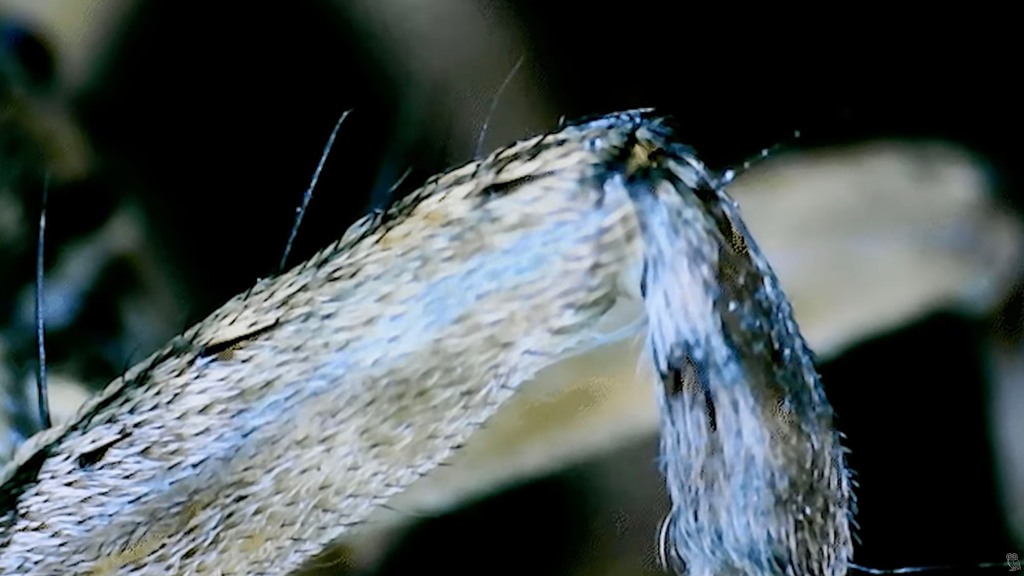
!["This area of soft robotics is a lot of fun because we get to use previously untapped types of actuation and materials,” Preston [left] explained. “The spider falls into this line of inquiry. It’s something that hasn't been used before but has a lot of potential.”](https://mamardi.com/wp-content/uploads/2022/07/scientists-dead-spiders-pick-objects-04.jpeg)
Naturally, this technology might sound like the plot of an arachnological zombie movie in which dead spiders are accidentally reanimated. However, Preston said he foresees necrobots providing a host of useful functions, such as “sorting or moving objects around at these small scales, and maybe even things like assembly of microelectronics.
“Another application could be deploying it to capture smaller insects in nature because it’s inherently camouflaged,” added Yap.
Best of all, the necrobots were fairly durable, as they went through 1,000 open-close cycles before experiencing any wear and tear. Not to mention that they’re far better for the environment than non-organic robots because they’re “biodegradable,” according to Preston.
“We’re not introducing a big waste stream, which can be a problem with more traditional components,” the spider-man explained.


Despite the success in the lab, online arachnophobes didn’t take kindly to this post-mortem puppeteering.
“This is so f–ked up on so many levels that I can’t even,” exclaimed one appalled viewer on Youtube.
“Necrobots. Which I guess makes these engineers Technecromancers,” quipped one Twitter wit of the arachnid resurrection.
“Scientists need to just freaking stop. Turning Dead Spiders Into ‘Necrobots’ ??? WTF?” another spluttered.

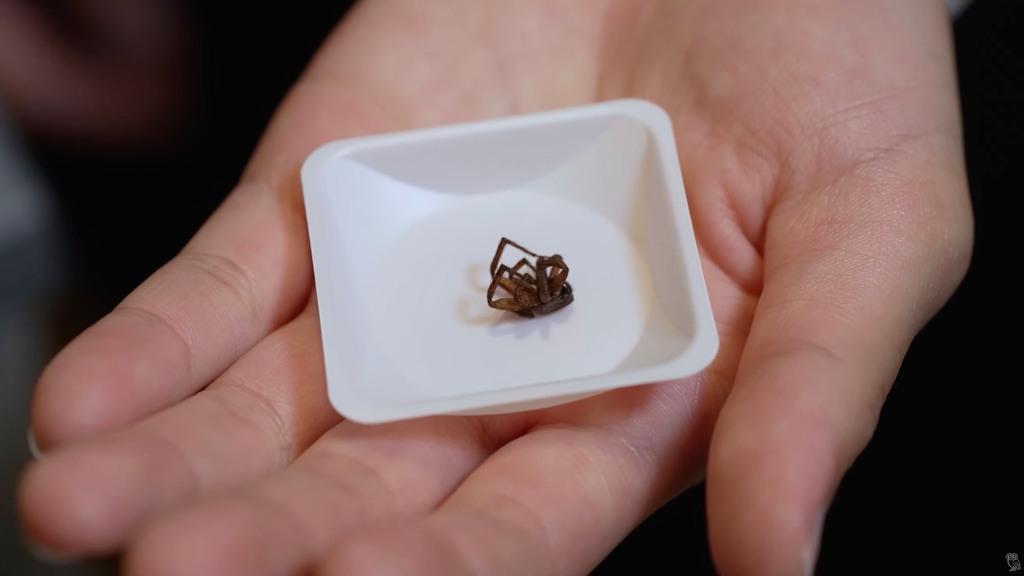
However, the team reassured people that they shouldn’t be alarmed.
“Despite looking like it might have come back to life, we’re certain that it’s inanimate, and we’re using it in this case strictly as a material derived from a once-living spider,” Preston said. “It’s providing us with something really useful.”
Ultimately, the necrobotics experts deem the technology a major milestone in the realm of soft robotics.
“This area of soft robotics is a lot of fun because we get to use previously untapped types of actuation and materials,” Preston explained. “The spider falls into this line of inquiry. It’s something that hasn’t been used before but has a lot of potential.”
In a similarly divisive robotics breakthrough in April, Hong Kong scientists invented a state-of-the-art “slime robot” that can be magnetically manipulated to retrieve inadvertently ingested objects, among other uses.
Read the full article Here


